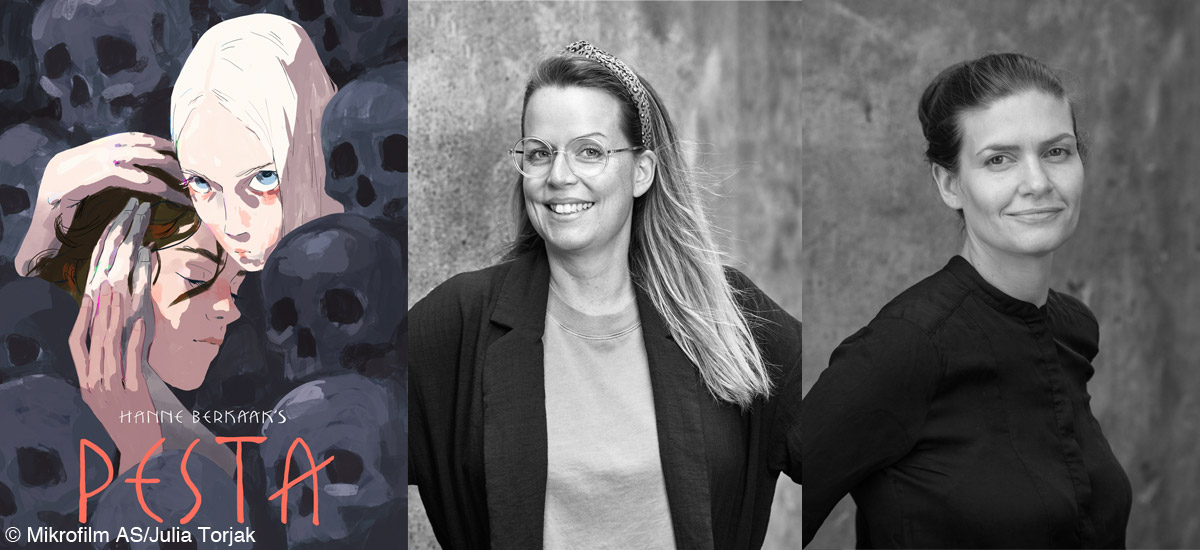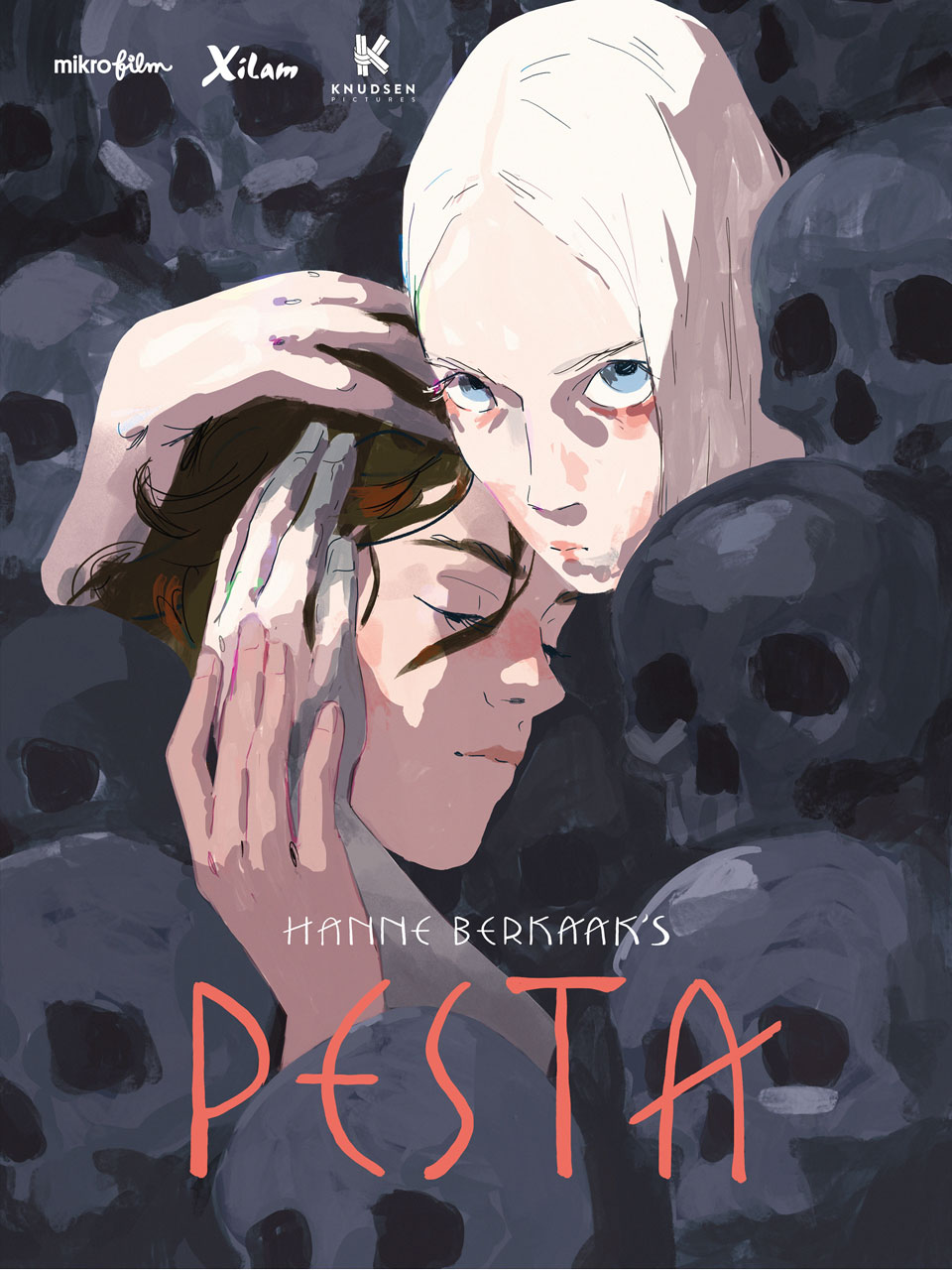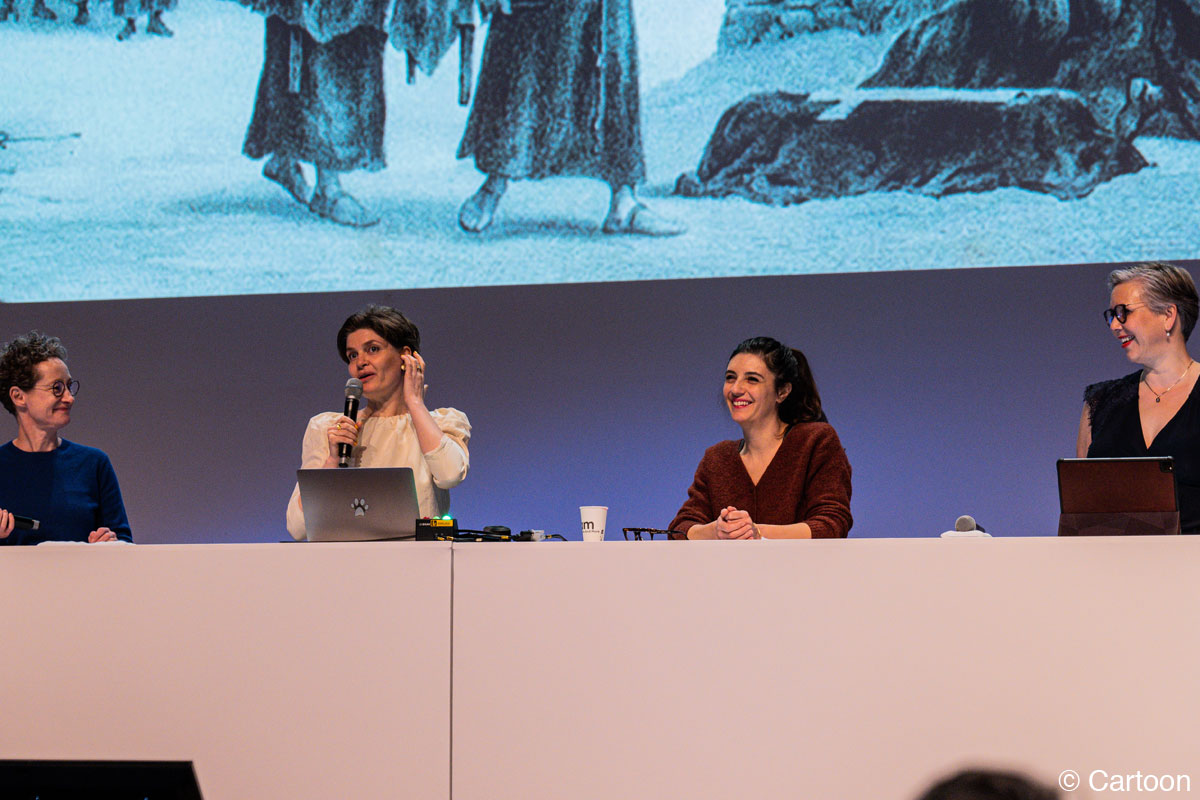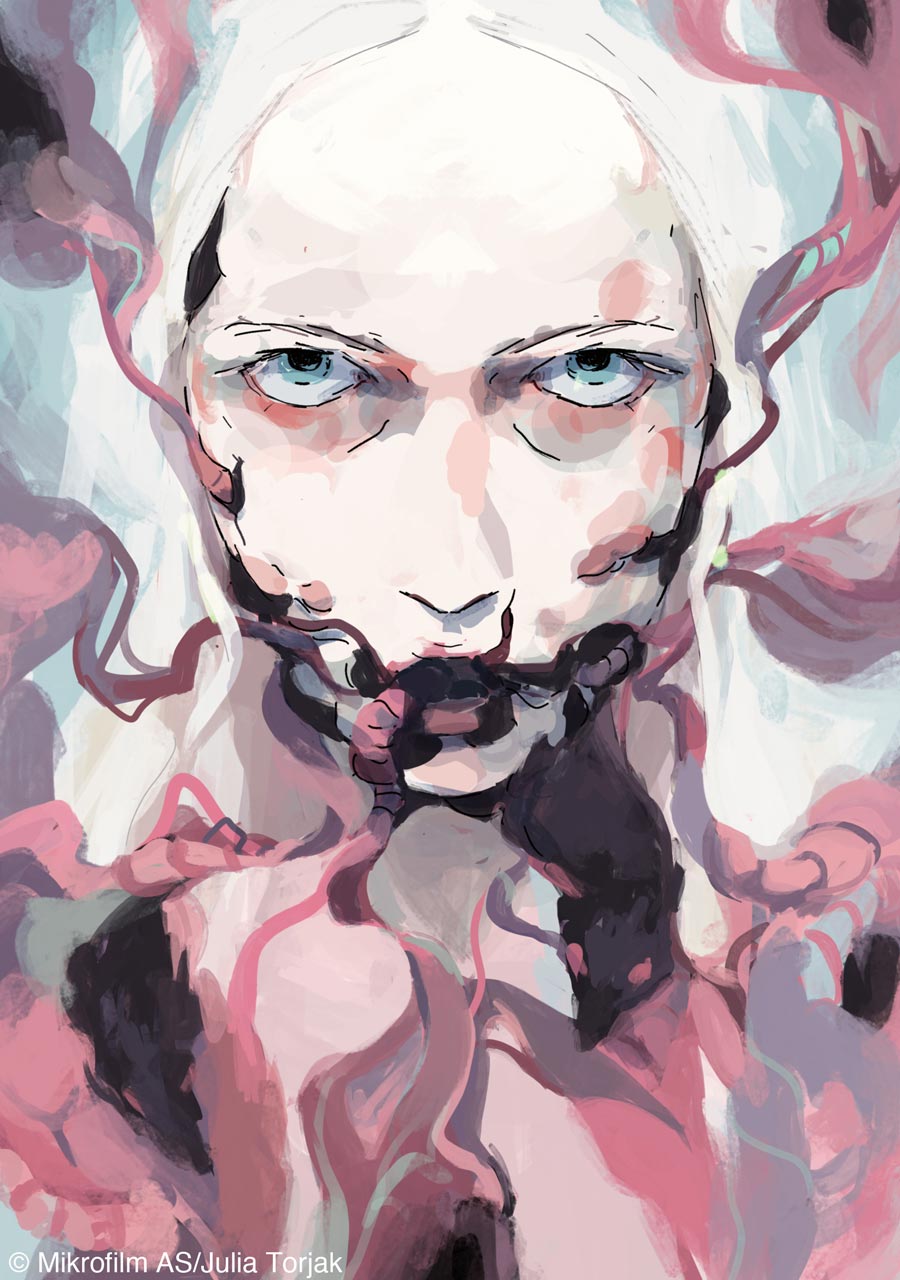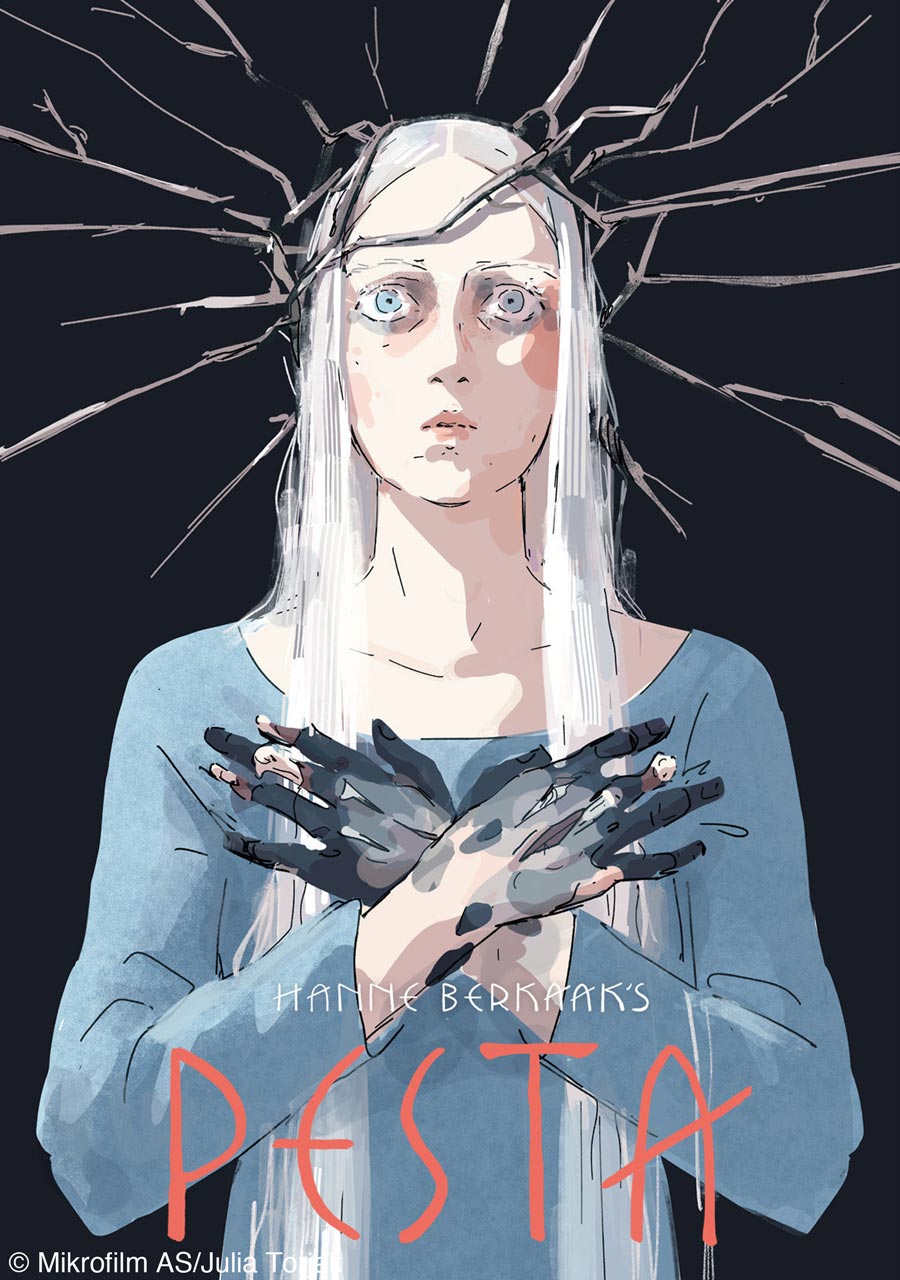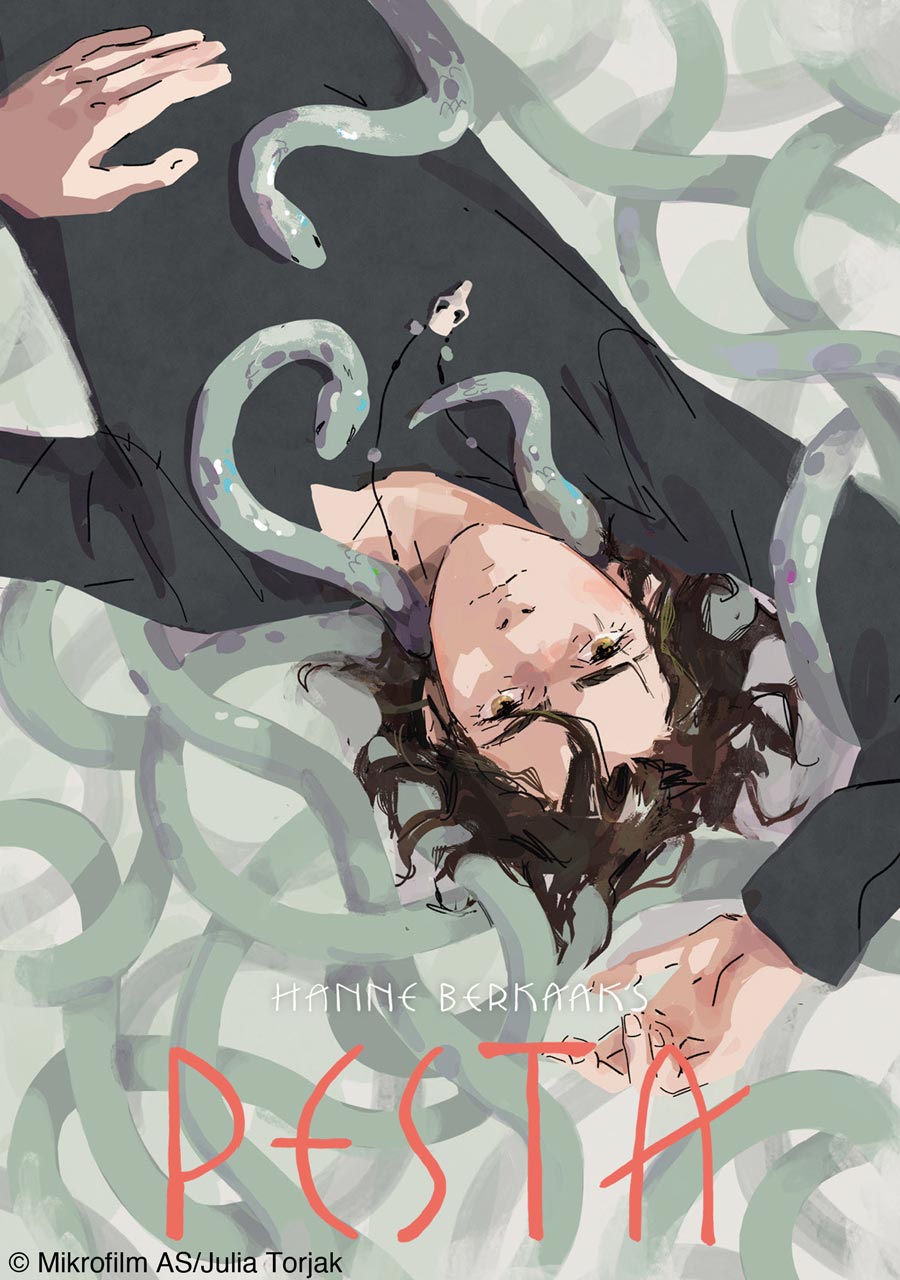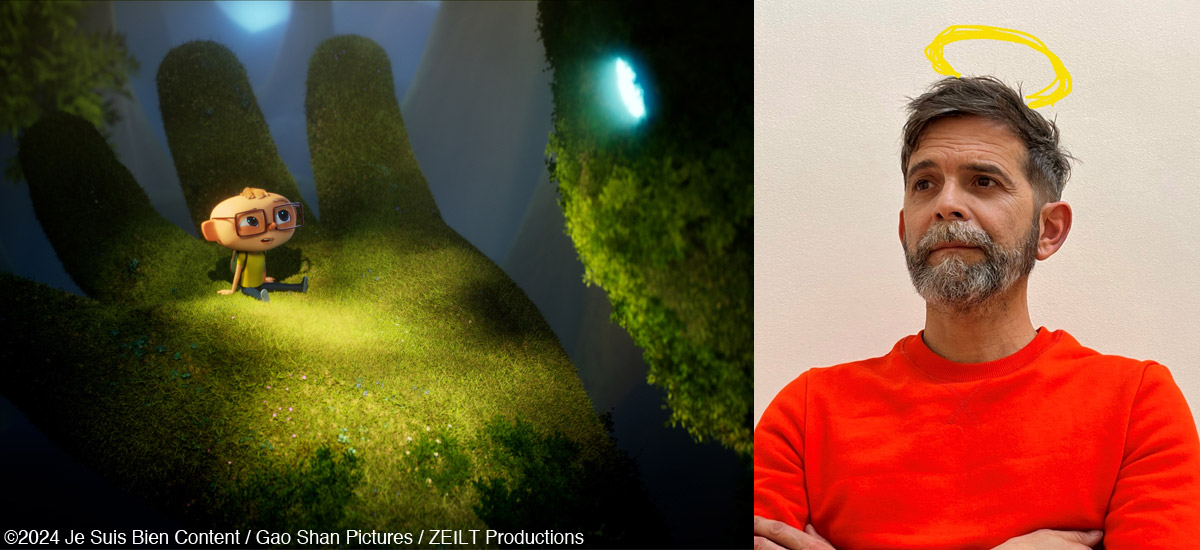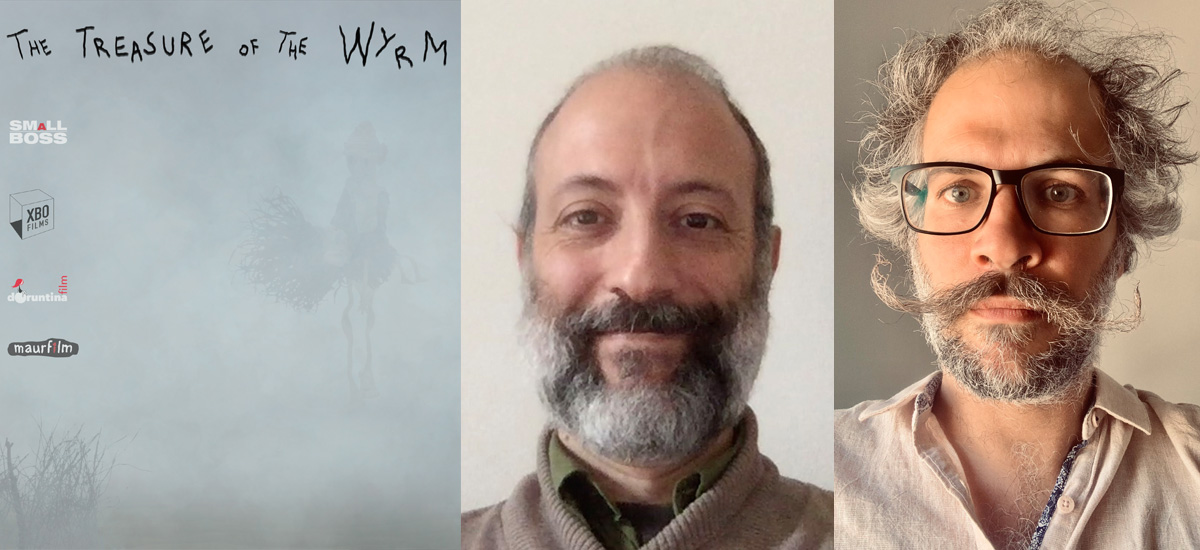(Status: In Development)
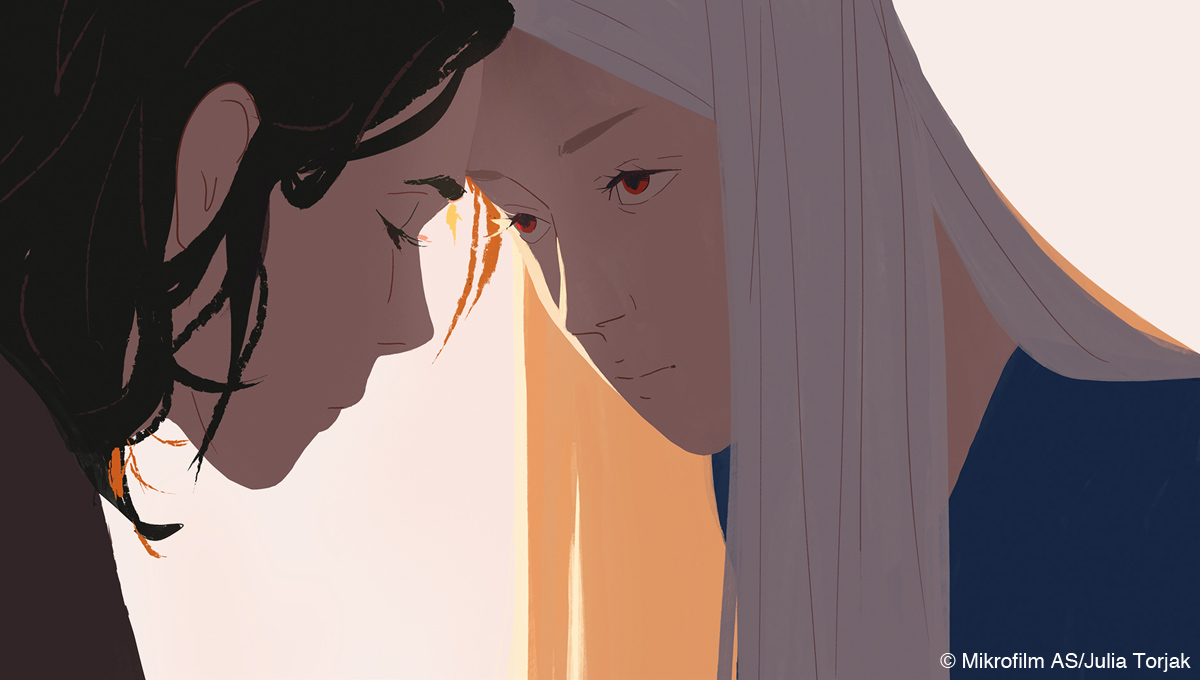
Synopsis
Set in Norway during the Black Death, Pesta tells a tragic love story between an unlikely couple: the pious noble girl Astrid (17) and the outlaw heathen Eilev (17). Their paths cross as the world as they know it is coming to an end, creating a possibility for a relationship that defies societal norms. But the more Astrid gives in to her desire for Eilev, the more vivid her visions of the plague demon Pesta become. Soon, the line between reality and fantasy blurs, and when Eilev is captured, Astrid is faced with a devastating choice: Lose him or become the monster she fears the most – the plague herself: Pesta.
Pesta
Director: Hanne Berkaak
Scriptwriter: Sofia Lersol Lund
Main Producers: Tonje Skar Reiersen and Lise Fearnley (Mikrofilm, Norway)
Co-Producers: Lucie Bolze (Xilam Films, France) and Kristine Knudsen (Knudsen Pictures, Germany)
Target audience: Teenagers
Technique: 2D digital and 3D digital
Format: 80’
Pesta is an animated feature film project of a gripping romance-horror hybrid. It tells of a young couple’s romance set in Norway during the Black Death, portrayed with delicate and beautiful 2D animation. The project was pitched at Cartoon Movie 2024.
We heard detailed stories behind the film project from several angles from Hanne Berkaak, the director of the film, and Tonje Skar Reiersen, one of the two main producers of the film project.
Interview with Hanne Berkaak and Tonje Skar Reiersen
Hideki Nagaishi (HN): What do you think are the key points of this animated feature film that would attract the potential audience?
Hanne Berkaak: Perhaps hope. I think the Black Death is such a fascinating time in our history. The tragedy was so immense. There’s this enduring, grim mystery attached to the Black Death that I think continue to fascinate us despite our modern rationalism. The Middle Ages were vastly different from the world we live in today, but human nature and our challenges remain the same – as also our strength and will to survive.
Despite its horror,Pesta sheds light on the resilience of humanity in the face of despair. Young people today have to navigate an uncertain world with climate change and global conflicts on all continents. There is something so devastating about the young losing faith in the future. Maybe looking to the past can give some insight and comfort. In 1349, people thought the world was ending, but the world didn’t end. Some people survived and a new and better world emerged.
I’m hoping Pesta can offer some hope, despite its horror.
Tonje Skar Reiersen: Pesta is a romance-horror genre hybrid. Market research shows that the young adult audience are keen on genre mixes. They are also attracted to stories and characters they can relate to, even if the setting is alien. Pesta will offer an identity with universal teenage experiences, such as first love and the need to follow your own path, even if the story is set during an extreme point in human history.
We believe that creating this film with a very specific target audience in mind will ensure that we tell a different kind of tale from a fresh angle. Our main target audience is girls at 16, but obviously the film’s potential is much broader. That being said, we are not a studio that choose our projects based on market research, we always put the artistic vision at center stage.
HN: How did this film project start? And how is the project progressing so far?
Tonje Skar Reiersen: Hanne got the idea during the COVID-19 pandemic. She is a history buff and has had a deep fascination for the Black Death since she was a child. So, when the pandemic hit and our everyday lives where turn upside down, Hanne began to craft a story about human resilience. In our post-pandemic, climate-change world, we see how especially young girls struggle with fear for the future, and both Hanne and I have teenage daughters. So, with this film, we want to show that humanity has gone through dramatic changes before. And even in the middle of darkness there is love, human connection, and hope for a better tomorrow.
We have developed the story over two and a half years and are very excited about the script we have at this point, even if there are still room for improvements. The visual and technical development is in early stages, but very promising. And simultaneously to the artistic development, we are also working on audience development, learning about their preferences and testing key elements on the target group. This is something we have never done before, and it’s an interesting process.
Hanne Berkaak: I began writing this story while sick during the COVID-19 pandemic, when my enduring fascination with the Black Death resurfaced. I have a heart condition, and throughout my life, history has always been my escape from reality. There’s something healing about reading about the past, it provides a little comfort and understanding amidst the chaos of the present.
HN: Do you have any specific messages or experiences you want to deliver to the target audience through the film?
Hanne Berkaak: I have a lot of things I want to say, but one is to remember to live your life even though the future is looking bleak. We really don’t know how it’s all going to turn out. That is our condition as humans. It is also what makes life exciting.
Tonje Skar Reiersen: Even if the world is changing and the future might look bleak, you must still dare to live and love.
HN: What do you take care in the most during scriptwriting with Sofia Lersol Lund? Are there any difficulties or challenges?
Hanne Berkaak: The most challenging is also the most rewarding! So far it has definitely been mapping together Norway anno 1349. We’re taking creative liberties of course. It is, after all, a story about a plague demon. And we’re obviously trying to cater to modern audiences. But a certain recognition of the past only makes the story stronger. What we’re finding in history is much more interesting and fantastical (and horrific) than what we could ever make up ourselves! The past is a foreign country, as they say.
HN: On designing and creating the visuals of the characters and the universe of the story, could you please let us know what you strive for the most? What part or aspect do you take care in the most?
Hanne Berkaak: We’ve only just begun experimenting with the visuals, but I’ve been researching for a long time. While Pestaisn’t intended to be a documentary, understanding the foundational elements of this universe is important to me.
The characters’ costumes draw inspiration from archaeological findings in Fennoscandia from the period. But due to the limited surviving clothing and leather artifacts, as they tend to rot away, we’ve had to take creative liberties of course. Astrid and Eilev come from different cultures and social classes and practice different religions. It’s important to be respectful of that, to try and avoid clichés. Luckily, we’ve got historians to help us.
But I love how incredibly colourful the Middle Ages were, people really loved colour. It’s so nice designing a world without gray buildings everywhere.
I want to balance the design between horror and beauty. The gore in Pesta will be on full display under the bright, beautiful light of the Scandinavian summer where the sun never sets. Where nothing can really hide in the shadows. Our ambition is to create a world where the narrative and the visual universe, as well as the total sensory atmosphere, makes up a unity.
HN: Regarding the music for the film, what could you share with us at the moment?
Hanne Berkaak: This question is a little early to answer as we have not decided on anything yet. But again, I think a balance between old and new is key. We’ll have to see.


